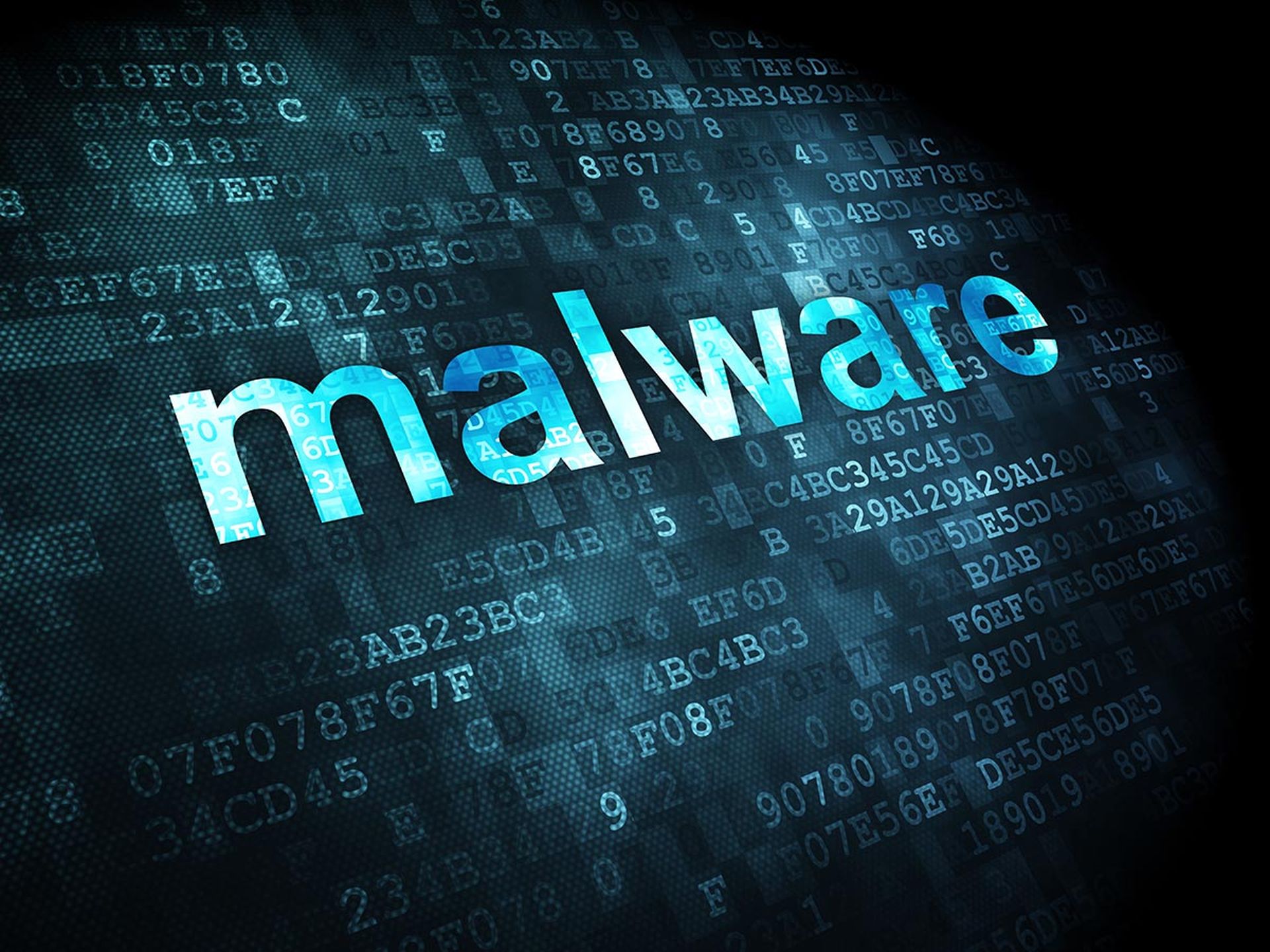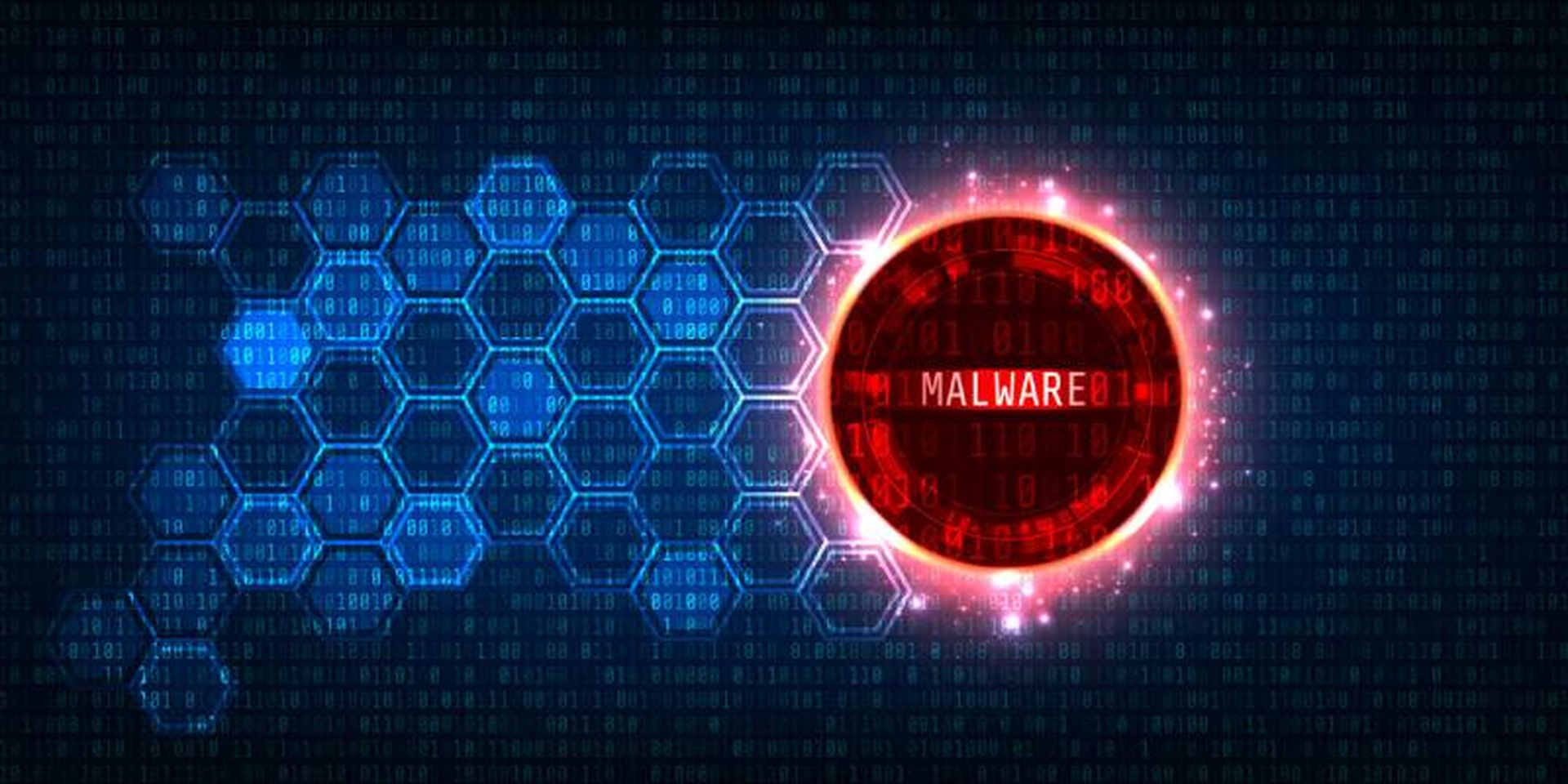COMMENTARY: As 2024 winds down, malware families such as BlackLotus, Emotet, Beep, and Dark Pink continue to present distinct challenges for organizations across various industries.
Each malware family has been evolving in its tactics, increasingly focusing on evasion and exploiting trusted security mechanisms and understanding their behavior, motivations, and targets is essential for strengthening defenses.

Here’s a rundown of these threats and insights for mitigating their risks:
BlackLotus has become the first known malware to bypass Secure Boot, targeting the unified extensible firmware interface (UEFI) layer of modern Windows systems. By embedding itself in firmware, it evades standard detection and persists through reboots. This deep system compromise lets attackers maintain long-term access for espionage, sabotage, or ransomware operations.
[SC Media Perspectives columns are written by a trusted community of SC Media cybersecurity subject matter experts. Read more Perspectives here.]
Previously theoretical, BlackLotus brings UEFI bootkits into reality by bypassing Secure Boot protections. Its use of anti-analysis features makes it difficult to detect, and its cross-platform capabilities threaten industries reliant on system uptime and security, such as critical infrastructure, financial services, and healthcare.
BlackLotus targets the foundational layers of system security, rendering traditional defenses ineffective. It poses a significant threat to sectors with high regulatory and security demands such as government, finance, and defense. Its ability to persist undetected in highly-sensitive environments signals an escalation in firmware-level attacks, demanding that intelligence agencies and private organizations reassess hardware and firmware security measures.
To defend against BlackLotus, organizations should prioritize UEFI updates, implement firmware security controls, and conduct regular system audits. Multi-factor authentication and hardware-based security, like trusted platform modules (TPMs), are crucial.
Emotet: The Persistent Phisher
Emotet, once a banking trojan, has evolved into a versatile malware platform, spreading through phishing emails with malicious attachments. Emotet also acts as a delivery mechanism for other malware, including ransomware, embedding itself into legitimate business conversations through email hijacking.
The malware’s role in email hijacking and social engineering tactics have grown more sophisticated, making phishing emails harder to detect. Industries reliant on communication, such as financial services and legal sectors, are particularly vulnerable.
Emotet’s role as a malware delivery platform and its ability to embed itself in trusted email threads make it a significant intelligence threat, especially in industries where data confidentiality remains critical. Intelligence teams should monitor its partnerships with other malware operators, as Emotet often serves as a gateway for larger ransomware or data exfiltration campaigns.
Organizations should strengthen phishing defenses, tighten email filtering, and train users to recognize suspicious emails. Limiting macro use and attachment handling can reduce exposure.
Beep: The Silent Intruder
Beep malware has been designed for stealth, employing techniques like sleep functions to delay execution and avoid sandboxing. It delivers malware payloads through modular components, allowing attackers to customize attacks based on the target environment. Beep has enhanced its modularity, making it easier to deploy diverse malware payloads. It primarily targets Windows-based enterprise systems in industries like retail, logistics, and manufacturing, which may lack rigorous endpoint monitoring.
The malware's focus on evasion and modularity poses a challenge for traditional detection methods. It represents a growing trend of malware-as-a-service (MaaS) that multiple threat actors could leverage for espionage or ransomware campaigns. Its stealth capabilities are particularly concerning for industries managing sensitive data or intellectual property.
Security teams should invest in behavioral analysis tools and monitor network traffic for anomalies. Strengthening endpoint detection with anti-evasion mechanisms will help mitigate Beep’s risks.
Dark Pink: The Asia Pacific Espionage Specialist
Dark Pink, also known as the Saaiwc group, is an APT espionage group. Operating mainly in the Asia Pacific (APAC) region, Dark Pink targets government agencies, military organizations, and non-government organizations (NGOs) through spear-phishing emails and techniques like DLL side-loading.
The malware has expanded its target base to include research organizations and private-sector businesses in critical industries like energy and technology. Their malware now uses cloud-based services and encrypted communication channels, complicating detection.
Dark Pink’s focus on espionage, especially in geopolitically sensitive regions, raises national security concerns. Its shift to targeting energy and technology sectors indicates a broader intelligence strategy aimed at gaining strategic advantages through data theft. Intelligence agencies and cybersecurity teams should prioritize monitoring its activities, particularly in high-risk regions.
Security teams should strengthen defenses against spear-phishing and monitor for unusual file activity. Government agencies and businesses in critical sectors should enhance protections against espionage-driven malware.
How to set priorities for malware defense
The evolving tactics of BlackLotus, Emotet, Beep, and Dark Pink highlight the critical need for a proactive, intelligence-driven defense strategy. To address these challenges, organizations should first prioritize securing UEFI and firmware settings while also updating their hardware-level defenses.
Furthermore, it’s essential to strengthen phishing detection and enhance user training, particularly in communication-heavy industries where the risk is heightened. In addition, teams need to invest in behavioral and anomaly detection to catch stealthy malware like Beep.
Finally, organizations in critical sectors, especially those operating in geopolitically sensitive regions, must enhance their defenses against espionage threats. By understanding the behavior and evolution of these malware families, security teams can effectively anticipate and mitigate the risks posed by these advanced threats.
Callie Guenther, senior manager, cyber threat research, Critical Start
SC Media Perspectives columns are written by a trusted community of SC Media cybersecurity subject matter experts. Each contribution has a goal of bringing a unique voice to important cybersecurity topics. Content strives to be of the highest quality, objective and non-commercial.




